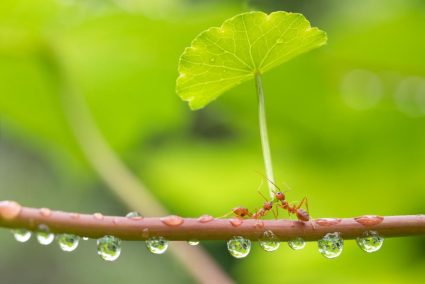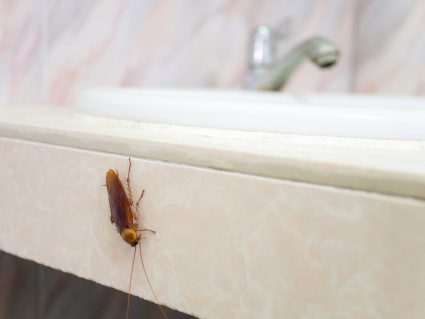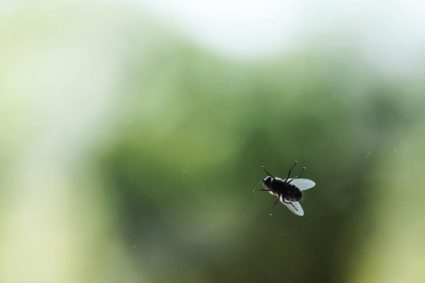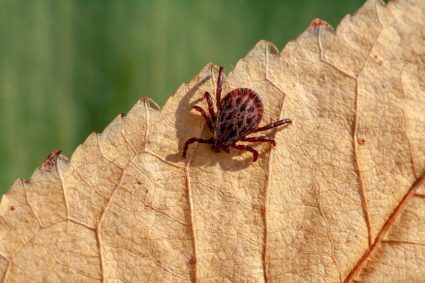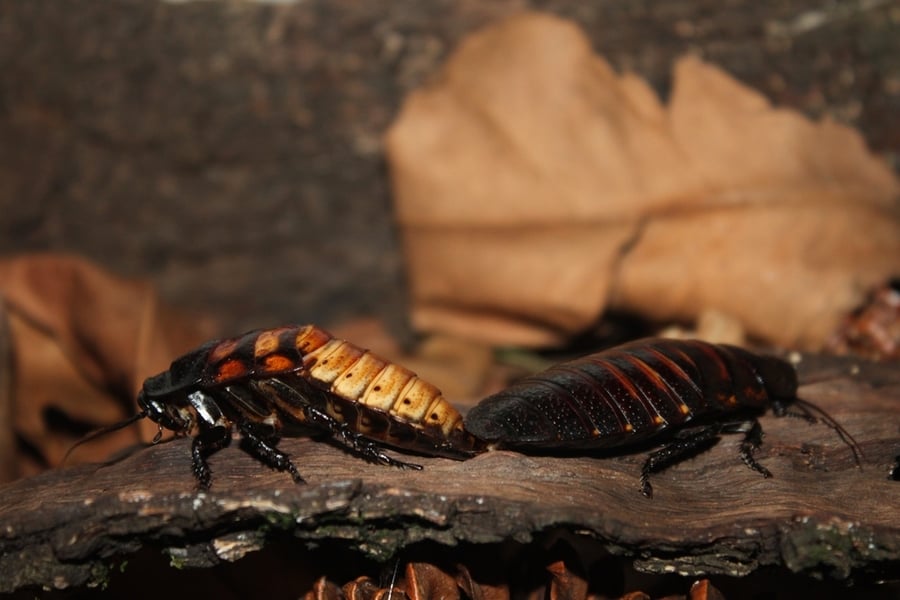
There are arguably more than 4500 existing species of roaches, but many people have not heard of wood roaches. For some, the common American and German species are all there is to know since they are the most common.
In this guide, we will discuss extensively this seemingly obscure member of the cockroach community.
What do wood roaches do? What is a wood roach like? We will answer these and more in this post.
Wood roaches behave quite differently from other roach species. For one, they are usually active at all day hours.
Also, they do not hurry away when they notice bright light or human presence.
Another amusing thing about this roach specie is that they do not eat trash or other human waste like other roach species.
They prefer dead natural vegetation, and you can easily find them buried deep in a rotting tree. Compost heaps containing rotting leaves are another place they enjoy feeding from.
Below are some measures that can help you prevent their infestation:
- Cut branches if there are any hanging close to your building.
- Rake fallen leaves often to prevent a pile-up of rotting leaves.
- Clean gutters and remove the debris clogging them.
Here are some compressed facts about wood roaches. You will find more information in the guide.
In the following sections, we will examine all there is to know about wood roaches. We will discuss their appearance, essential characteristics, and how to prevent their infestation in your house.
To draw the curtains, we will answer frequently asked questions about these seemingly uncommon roach specie.
What Is a Wood Roach Like?
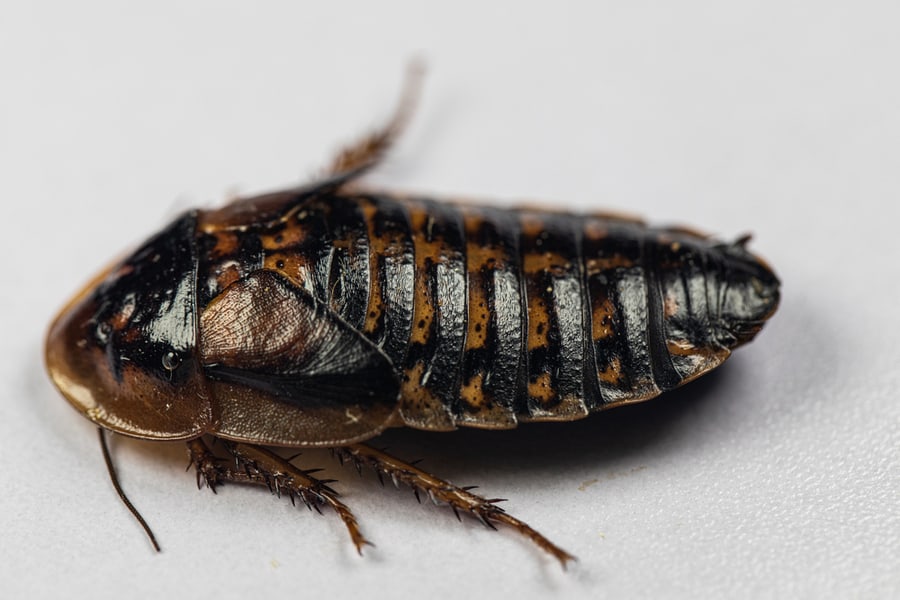
First, you should know that the name “Wood Roach” is short for the Pennsylvania wood roach. So, they are a specific roach specie and not a whole new insect.
These outdoor roaches love moist, woody areas like rotting trees and abandoned wood piles. However, since they are unfamiliar with dry environments, these pests will not enter a home if accidentally invited.
Wood roaches slip into houses through cracks, infested firewood, or wood piles left too close.
But how can you differentiate these roaches apart from other species? Let’s look at some distinguishing factors in the next section.
Essential Characteristics of Wood Roaches
Below will cover some unique features and characteristics that separate wood roaches from other species.
First, we will consider their life cycle, then go into their appearance, habitat, diet, and more.
1. Life Cycle of Wood Roaches
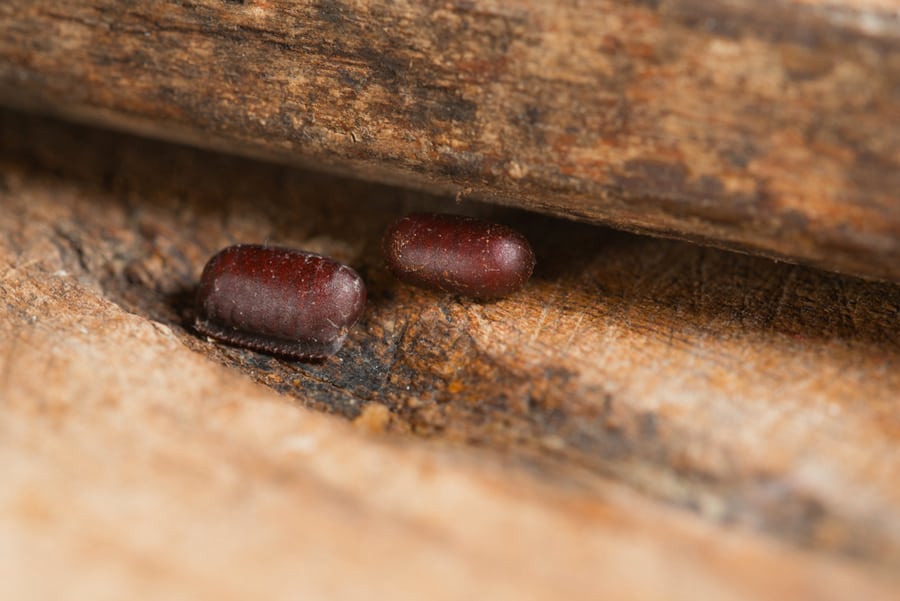
Wood roaches follow the standard cockroach lifecycle, transitioning from the egg stage to adulthood. Female wood roaches release eggs wrapped in an egg holding about 32 eggs at once.
These they stow away in safe spaces like dead tree trunks until the incubation stage is over. Intubation runs slightly over a month, after which the wood roach nymphs or baby roaches hatch.
Once hatched, these nymphs remain for about a year or two before they grow into adult roaches.
As they grow, these nymphs routinely shed their exoskeleton and grow them back. They repeat this process multiple times until growing into full-grown roaches.
2. Wood Roaches Size
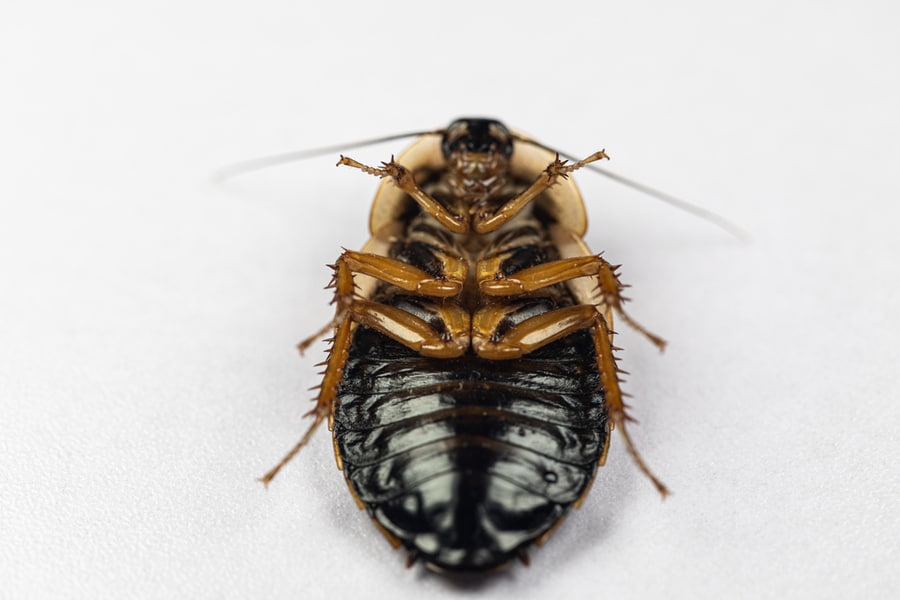
Its size is one factor that gives wood roaches away, as they are smaller than most roach species. However, the male wood roaches tower over the female species, coming up to an inch long.
On the other hand, the female species are ¾ of the male size.
Both species have wings, but only the male’s wings function. While the female species have vestigial wings that they can’t use to do much, nymphs only grow wings in adulthood.
Male wood roaches feature long wings that run past their body’s length. But the female wings are shorter, stopping around their abdomen.
3. Wood Roaches Appearance
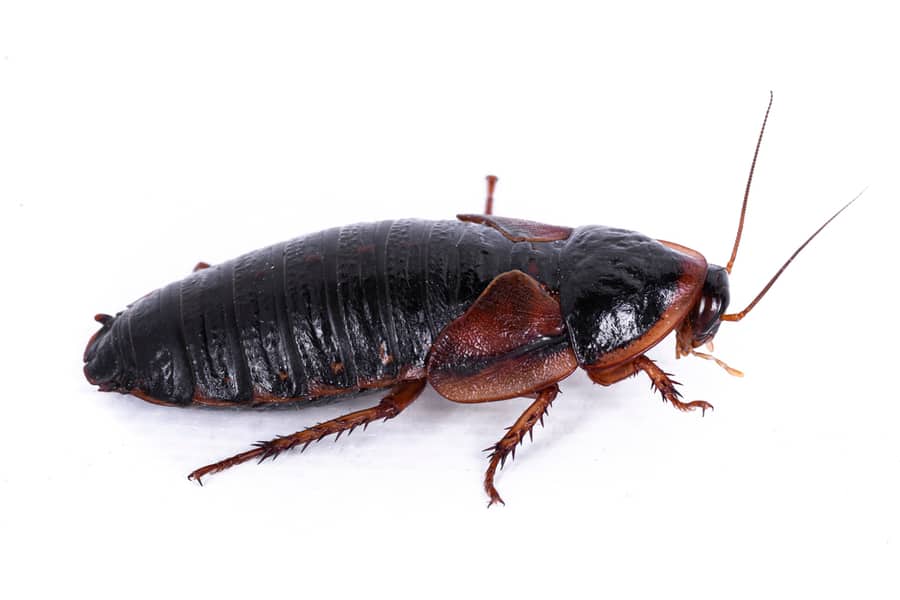
Their appearance is another angle where wood roaches differ. Although their nymphs have the same unique brown color, the adult species are more diverse.
Male wood roaches appear light brown, while female roaches take on a deeper brown color. Both feature similar yellowish-white lines on their thorax and six legs with spikes that shoot outwards.
These help the roaches navigate their outdoor environment, especially with all that climbing.
Like all roaches, wood roaches have two extended antennae.
4. Wood Roaches Habitat

From their name — Pennsylvania wood roaches — one may think they are unique to Pennsylvania. But, this is not the case, as these roaches spread across North America.
You will likely find them in forests and wooded areas, especially those rich in moisture.
Although wood roaches love nature more than the next time, they sometimes get into homes. While they can slip in through open doors and vents, people sometimes bring them in alongside wood.
But, by their behavior, you can quickly tell these roaches apart from regular household roaches.
Unlike common household roaches, wood roaches are active at all day hours. As a result, they do not hurry away when they notice bright light or human presence.
If you notice wood roaches in your house, do not look at your leftovers or garbage bin as the culprits. Instead, inspect your firewood piles for signs of an infestation.
Plus, if your house is set in the woods, that may be another reason wood roaches gained entry.
Look out for moisture and wet environments for traces of these insects. A proper diagnosis of the particular specie invading your house will guide you toward adopting the right treatment plan.
Fortunately, these species do not survive in dry environments and will likely die within days.
5. Wood Roaches Diet
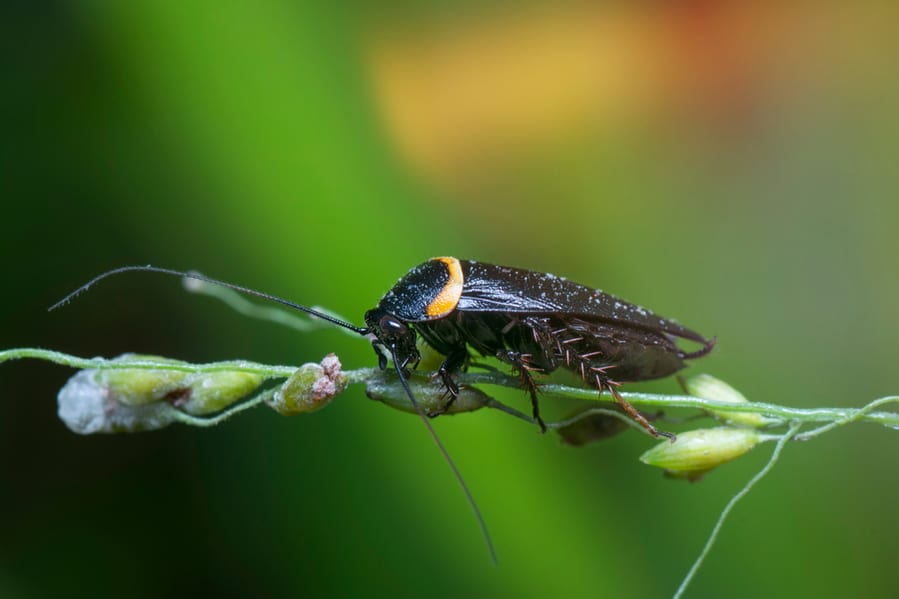
Unlike other roaches, wood roaches do not eat trash or other human waste. Instead, they prefer dead natural vegetation, and you can easily find them buried deep in a rotting tree.
Compost heaps containing rotting leaves are another of their favorite dinner spots.
This affects the ecosystem positively, as these dead vegetation will pile up without them. With time, walking in the woods will soon become an awful experience instead of a calming activity.
How To Prevent a Wood Roach Infestation
Wood roaches do not cause indoor damage like other roaches because your house is not their typical habitat. However, they crawl on surfaces and spread diseases through their excrement.
Heir shed exoskeletons can even spark asthma symptoms. Thus, preventing an infestation rather than trying to manage one is necessary.
Start with your fireplace if you have one. Check your stacked wood logs for signs of roaches nesting in between them.
Then, inspect your home exterior for visible signs of cracks and other openings roaches can slip through. These include wood sidings and other fixtures made from wood.
Proceed to board windows, seal cracks, cover vents and drains, and fix leakages since moisture attracts these pesky animals.
Some other preventive measures you can adopt include:
- Cut branches if there are any hanging close to your building.
- Rake fallen leaves often to prevent a pile-up of rotting leaves.
- Clean gutters and remove the debris clogging them.
Conclusion
Wood roaches are some of the most common outdoor roach species but are sometimes mistaken for others. We put this guide together to explain what these wood roaches look like and how they behave.
With this, you can quickly tell what bugs are the likely culprits in any infestation you encounter.
Frequently Asked Questions
When Am I Likely To Spot Wood Roaches?
Wood roaches are most active between May and June. They fly around in packs during this season, increasing the chances of an infestation in the area.
Should I Be Worried About Wood Roaches?
Although wood roaches will not chew up your house, they can spread diseases. This makes their infestation an issue to worry about.

